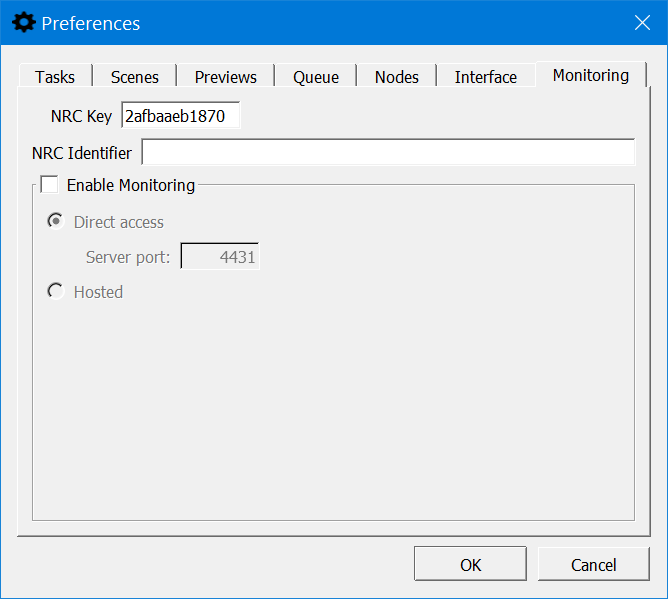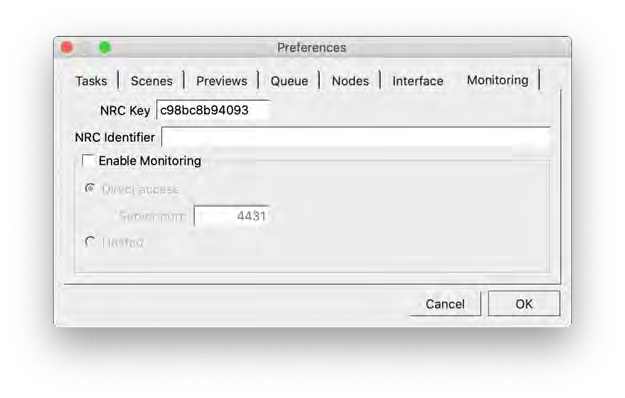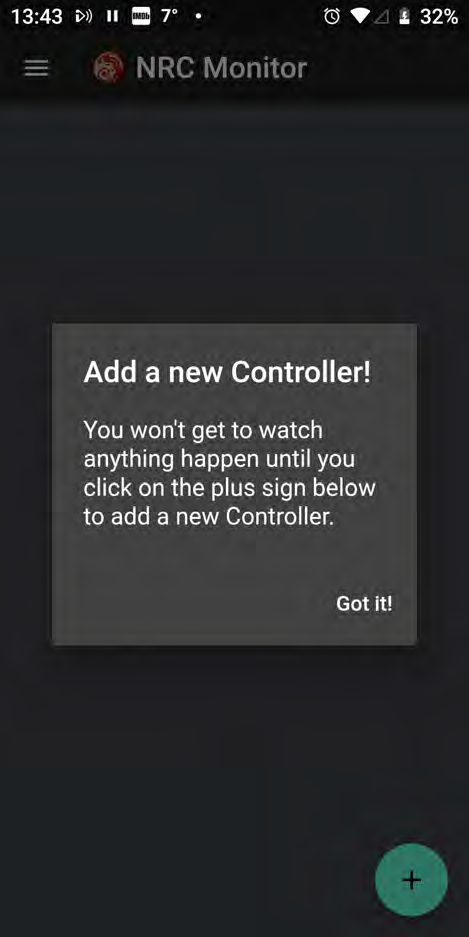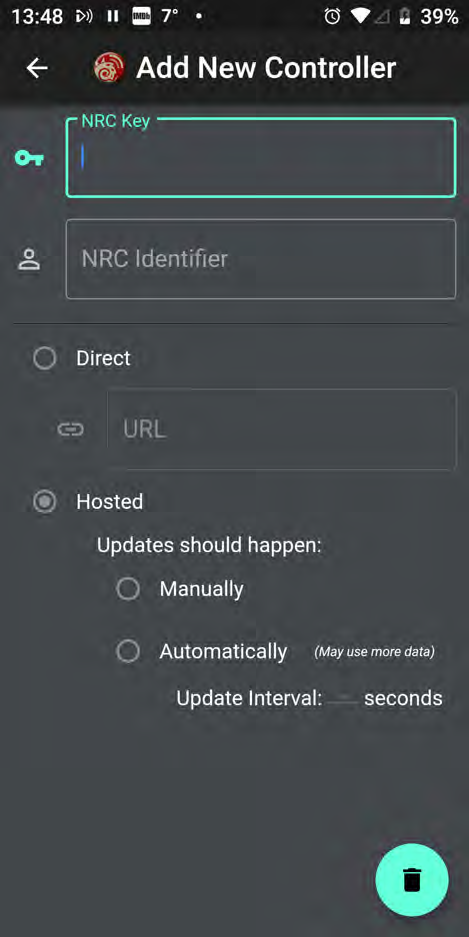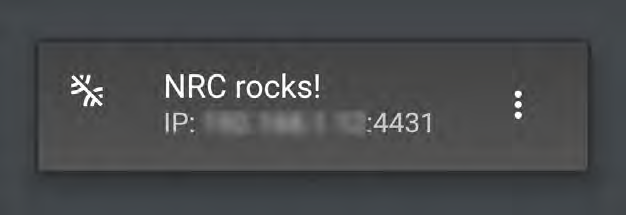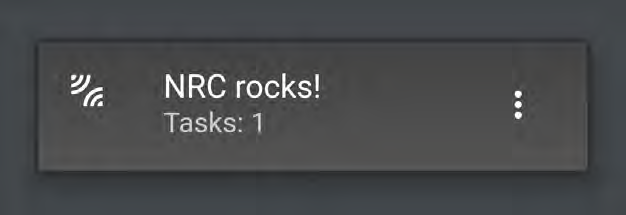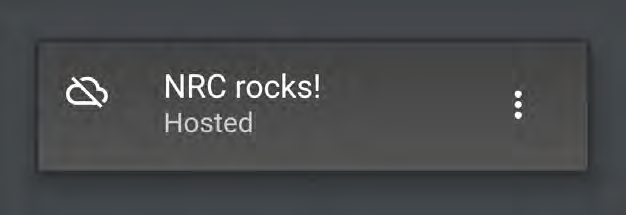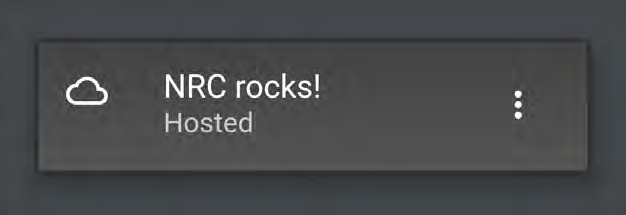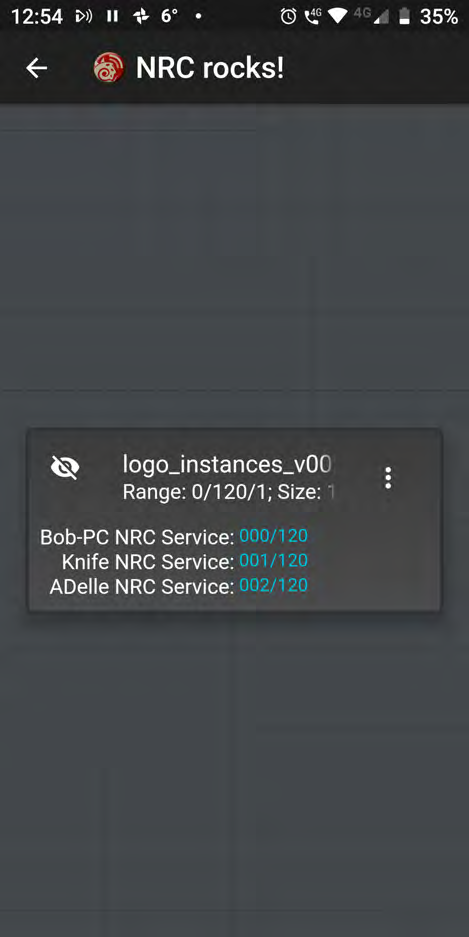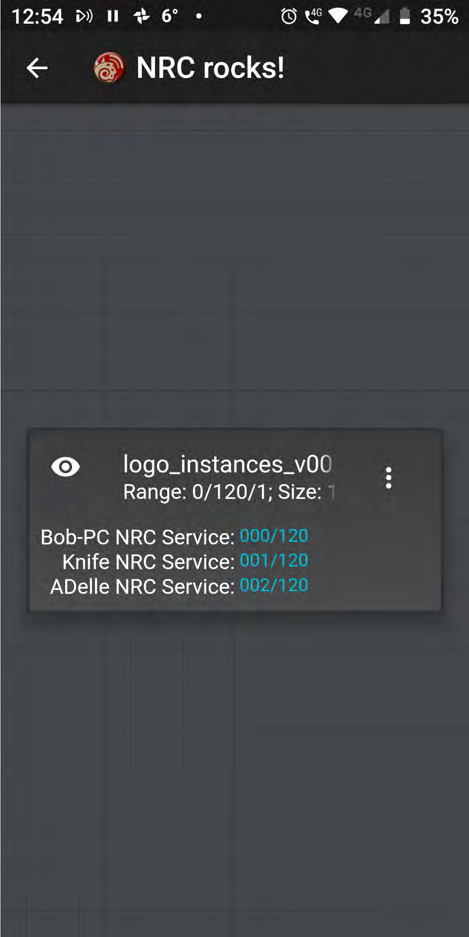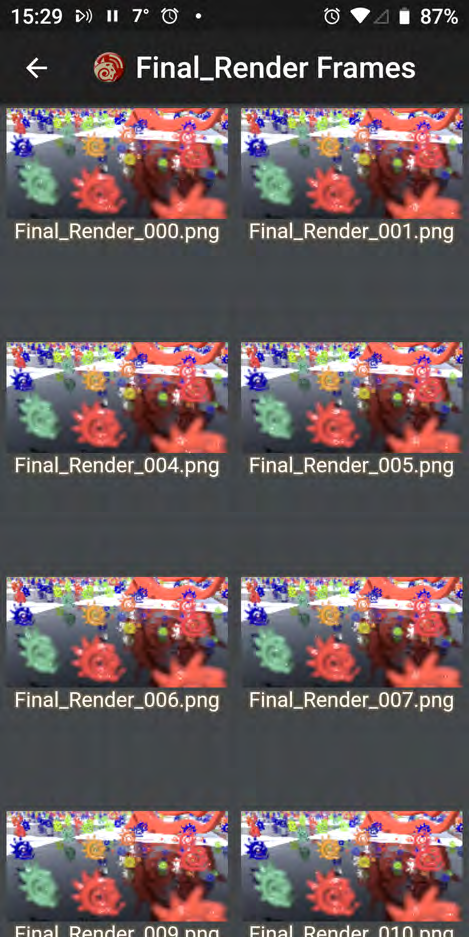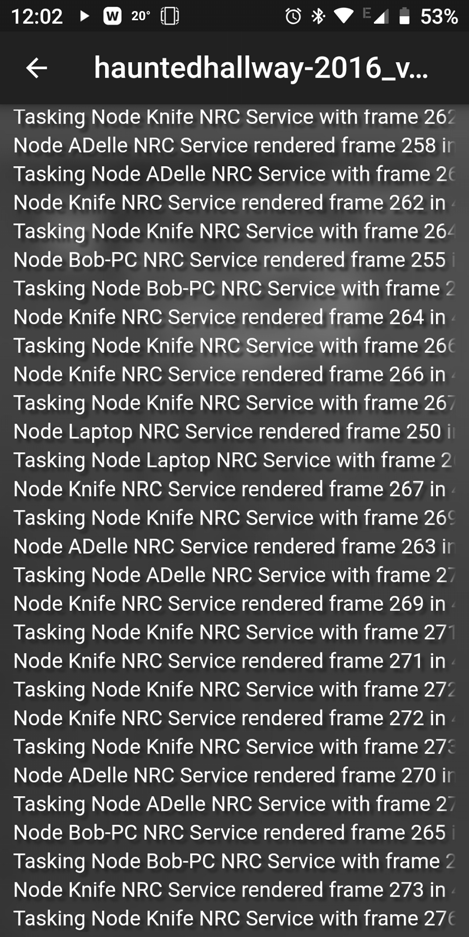Mobile NRC monitoring
Introduction
New to LightWave 2020 is the ability to monitor network rendering on an Android device remotely. This allows you to fire off your render and keep an eye on how it's doing when away from the studio.
Setting Up
When you start LightWave 2020 NRC for the first time it will generate a unique identifier for use with the mobile app. This is the NRC Key in the new NRC preferences Monitoring tab:
Items on this tab are as follows:
- NRC Key - Unique identifier for the NRC Controller generated on the first run
- NRC Identifier - Human-readable name for the controller (optional). If none is set here or in the mobile app, the NRC key value will be used instead
- Enable Monitoring - This needs to be checked for monitoring to work at all, and should be checked befoqre you ````start rendering. Once checked, there are two further options:
- Direct Access - The default access method for monitoring; this requires that you open an IP address and specific port in your Windows services.msc tool. This method allows viewing of rendered images
- Server Port - The default port number is 4431
- Hosted - A more limited way of monitoring. Image viewing is not available with this method. Hosted links to an NT-hosted NoSQL server that keeps the log results of NRC. If you choose Hosted, further options appear:
- Manually - Only when you request an update
- Automatically - You can specify an interval between 5 and 60 seconds (default 10 seconds)
- Direct Access - The default access method for monitoring; this requires that you open an IP address and specific port in your Windows services.msc tool. This method allows viewing of rendered images
Getting started with the app
Android
The Google Play store has the application under the name NRC Monitor. It is free and will only work with LightWave's distributed rendering method NRC.
iOS
The App Store is where to go to get the iOS version of NRC Monitor. It is free and will only work with LightWave's distributed rendering method NRC.
Starting the app for Android or iOS for the first time presents a screen urging the user to create a server to monitor:
As the message says, hitting the + icon at the bottom of the screen will open a new window where you can add an NRC Key - all that's necessary for the monitor to function. Adding an Identifier is optional, and in any case, your device will refer to the specific controller by its NRC key. If you enter an Identifier here, it will propagate to the Controller on your Windows or Mac desktop machine where you are running NRC; the same is true in the other direction.
If your controller resolutely refuses to connect and you can't get rid of the bar even though you're sure you've done everything right, shut down the app and the NRC Controller and restart both. That usually unblocks them.
Here there have been no tasks assigned to the renderfarm yet.
Using the App
Once you have your controller added, with no bar, it's time to start your scenes working. Both Direct and Hosted work the same way to begin with. Both have the same cards showing an overview of how many tasks have been assigned. You can tap on this card to see an overview of individual tasks:
With Hosted mode, the eyeball will always be barred because images cannot be previewed. In Direct mode, when the eyeball becomes unbarred you can click on the card to see thumbnails of all images rendered so far, and clicking on a thumbnail will display a full-scale image.
The three-dot menu on the right of each card will show the log for the task

